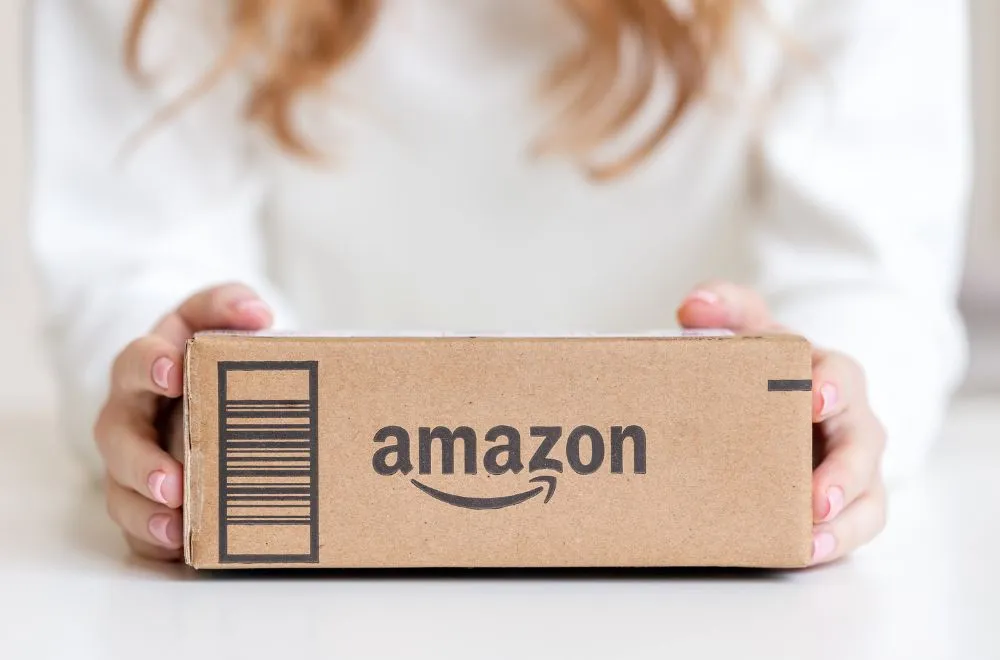With the holiday season already upon us, Amazon kicked off its two-day inaugural Prime Early Access Sale event on October 11-12, geared at offering Prime Members an opportunity to start their holiday shopping early this year. The new Prime Day 2.0 sale event promoted hundreds of thousands of items, such as electronics, household essentials, health and beauty, and more. Meanwhile, top Amazon rivals, retail giants Walmart and Target, also held holiday sales events for shoppers earlier in the month.
Amazon’s Prime Early Access Sale proved shoppers likely put off spending on large-ticket items until later in the holiday shopping season. Brands seemed to lean more toward leveraging more Sponsored Products ads during the event than other ad types.
Let’s dig deeper into some key takeaways from last week’s tentpole event.
Much More Shopping To Do
Most customers who shopped during the Prime Early Access Sale still have most of their holiday shopping left, leaving many opportunities available for brands to ramp up marketing spend and create marketing campaigns to help attract holiday shoppers. According to Numerator, 29% of Prime Early Access Sale shoppers used the sale to purchase holiday gifts. Of those who bought gifts, 69% say they completed less than half of their holiday shopping, and 95% say they will likely shop on Amazon again for additional holiday items in the next three months.
Inflation-Based Shopping
As we saw during Prime Day in July, inflation and the economy drove many of the decisions customers made when shopping during the Early Access Prime Day sale. The top category was still household essentials, with Health and Beauty close behind. Inflation also impacted 79% of Prime Early Access shoppers– 29% said they waited for the sale to purchase a specific item at a discounted price, while 26% passed on a good deal because it wasn’t necessary. Furthermore, inflation drove 13% of individuals to look at prices outside of Amazon before buying.
Amazon Outperformed Other Retailers
Target, Walmart, Macy’s, and Dick’s Sporting Goods hopped on the bandwagon with competing online-only sales events to get a piece of Prime Day’s extra search traffic. However, based on surveys conducted, they were not as successful as Amazon. 48% of Prime Early Access shoppers only considered Amazon for their purchases, while 52% considered other retailers. The majority of Prime Early Access shoppers (60%) only shopped at Amazon during the two-day sale period; meanwhile 24% purchased at another retailer or website, as well.
Brands Betting on Cyber5 to Bring Higher Revenue
Compared to Prime Day in July, Early Access Prime Day sales were down by 24%. And fewer advertisers invested in this event’s promotions, instead betting on Cyber5 to bring in higher sales revenue with more robust marketing budgets. The average order size during the Prime Early Access sale was $46.68, down from $60.29 on Prime Day 2022. Over half (56%) of households shopping the sale placed 2+ separate orders, bringing the average household spend to roughly $110.45.
The first day of the Prime Early Access Sale saw less aggressive competition than day one of Prime Day back in July. There were much fewer promotions seen across competitor brands and, ultimately, less funding. However, the most prominent players still played heavily. But outside of the biggest brands, there was not a lot of investment made, as they would likely prefer to save their budgets for Cyber 5 (Thanksgiving and Black Friday through Cyber Monday).
High CPCs
Some early findings from the week leading up to the event showed that cost-per-click (CPC) for a major CPG brand increased by 20%. And although it varies by category, one health & wellness CPG brand saw a more significant increase in CPC due to seasonality. After all, the colder months bring more sickness and higher demand for health and wellness products.
Increased Competition on Day 2
We noticed increased activity from competitors on the second day of the event. It appeared that competitors leaned more heavily into Sponsored Products ads than Sponsored Brands or Sponsored Brands Video. As a result, many brands mirrored this in their strategy to bid more aggressively on keywords and Sponsored Product campaigns. Brands seem to have rushed into promotions, as many promoted ASINs were not finalized until the Friday or Monday before the event. We saw a ton of regular discounts and “Limited Time” deals rather than Prime Early Access Sale deals.
Prepping for Cyber 5 and the Holidays
With so much shopping left to be done this holiday season, here’s a quick checklist to help brands using Pacvue maximize their campaign advertising performance during Cyber 5 and the holidays. Of course, there is no one-size-fits-all approach to the holiday season, but those who start early with planning typically see success.
Contact us today to learn more about the Pacvue Platform and how our team can help scale your brand on Amazon and across dozens of retailers in Q4.













